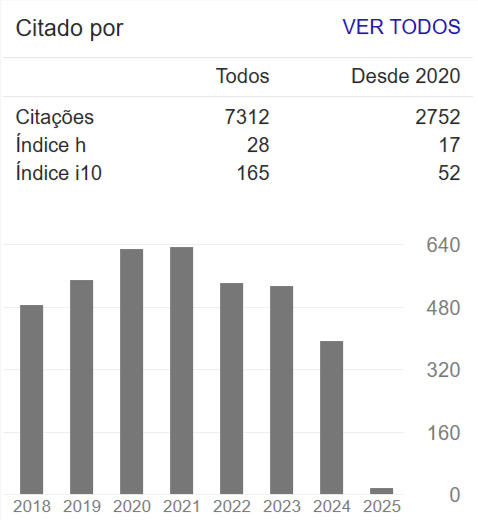Vertical screening of LNAPL soil samples using ultraviolet light low-cost device
Abstract
Petroleum hydrocarbons in Light Non-Aqueous Phase Liquid (LNAPL) generate significant contamination plumes when penetrating the ground. The identification, delimitation and understanding of the LNAPL interaction with the geology are essentials for a suitable contaminated site assessment. Conceptual Site Models elaborated by monitoring wells do not provide proper data for site diagnosis due to the complexity of the soil-water-air-LNAPL interaction. Laser-Induced Fluorescence (LIF) methods provide detailed three-dimensional qualitative data about the LNAPL presence. There is still little availability of such methods in Brazil, their costs are high, and there are uncertainties in understanding LNAPL interaction with the site geology. This work evaluates the efficiency of a black box with UV-A light to qualitative assess the LNAPL presence in soil samples collected in liners by Direct Push tools. The advantages of this device are: the cost, much lower than the LIF methods; the combination with Direct Push soil sampling, which allows assessing the LNAPL interaction with geology; and the samples chemical analysis. A total of 118 soil sampler liners (1.20 m length) were collected by Direct Push – Dual Tube tools and analyzed, in three different sites. All the sample spots where the black box identified the presence of LNAPL were verified by the soil chemical analyzes.

















